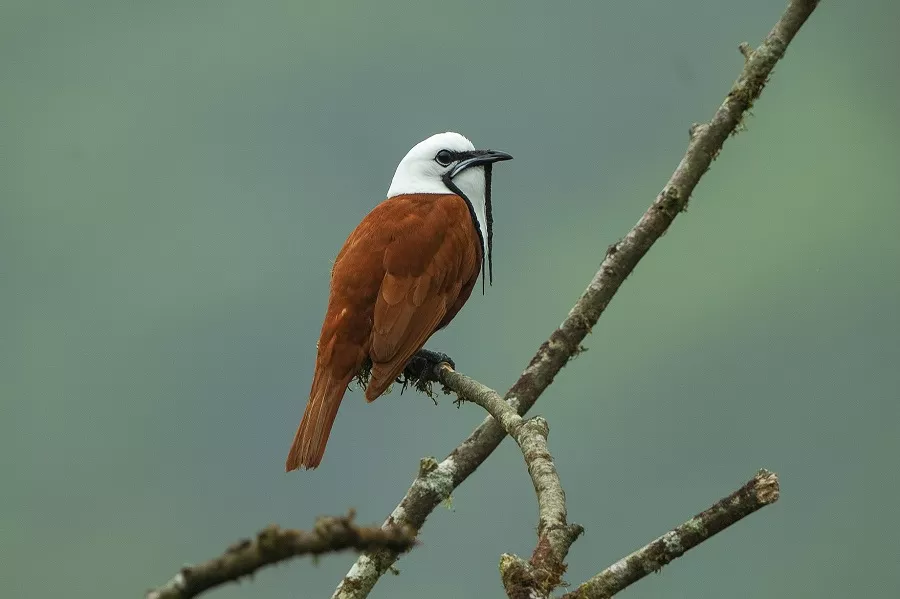The three-wattled bellbird (Procnias tricarunculatus) is a remarkable bird species found in the cloud forests of Central America. Known for its distinctive vocalizations and unique physical attributes, this avian species captivates both ornithologists and nature enthusiasts alike. In this article, we explore the dietary preferences of the three-wattled bellbird, shedding light on the diverse range of foods that sustain this extraordinary avian species.
General Overview:
The three-wattled bellbird belongs to the family Cotingidae, which comprises fruit-eating birds. These birds are often considered frugivores, meaning their diet primarily consists of fruits. However, the dietary habits of the three-wattled bellbird extend beyond a simple reliance on fruits, encompassing a broader range of food sources.
Fruit Consumption:
Fruits play a significant role in the diet of the three-wattled bellbird. The bird’s beak is specifically adapted for consuming a variety of fruits, allowing it to handle different shapes and sizes. It feeds on a range of fruit types, including berries, drupes, and fleshy fruits, which are abundant in its cloud forest habitat. The consumption of fruits not only provides the necessary nutrition for the bellbird but also contributes to seed dispersal, playing a vital role in the forest ecosystem.
Insect Prey:
In addition to fruits, the three-wattled bellbird supplements its diet with a variety of insects. It is known to capture and consume small insects, such as beetles, moths, and ants. Insect consumption provides the bellbird with essential proteins and other nutrients necessary for its overall health and well-being. The inclusion of insects in its diet highlights the three-wattled bellbird’s opportunistic feeding behavior and its ability to adapt to available food sources.
Nectar Sipping:
Another intriguing aspect of the three-wattled bellbird’s diet is its occasional consumption of nectar. While not a primary food source, these birds have been observed sipping nectar from flowers. The nectar provides a concentrated source of energy, aiding the bellbird during times when fruits may be less abundant or during periods of increased energy demands.
Seasonal Variation:
The dietary preferences of the three-wattled bellbird can exhibit seasonal variation. During certain times of the year, such as the fruiting season, the bird’s diet may predominantly consist of fruits. However, during other periods, such as breeding or when specific fruits are less available, the bellbird may rely more on insects and nectar to meet its nutritional requirements.
Conservation Implications:
Understanding the dietary preferences of the three-wattled bellbird is crucial for conservation efforts. The species relies on intact cloud forest ecosystems with abundant fruit-bearing trees, as well as a healthy insect population. Habitat loss and fragmentation pose significant threats to the availability of these food sources, potentially impacting the bellbird’s survival and reproductive success.
Conclusion:
The three-wattled bellbird’s diet encompasses a diverse array of food sources, with fruits forming a significant part of its nutritional intake. However, the bird’s adaptable nature allows it to incorporate insects and occasional nectar into its diet as well. By maintaining the integrity of their cloud forest habitats and ensuring the preservation of fruit-bearing trees and insect populations, we can support the survival and well-being of these magnificent avian creatures.
Continued research into the dietary habits of the three-wattled bellbird is essential for gaining a comprehensive understanding of its ecological role and informing effective conservation strategies. By appreciating and protecting the natural resources that sustain this unique bird species, we contribute to the conservation of biodiversity and the delicate balance of ecosystems in the cloud forests of Central America.


 Facebook
Facebook  Instagram
Instagram  Youtube
Youtube 